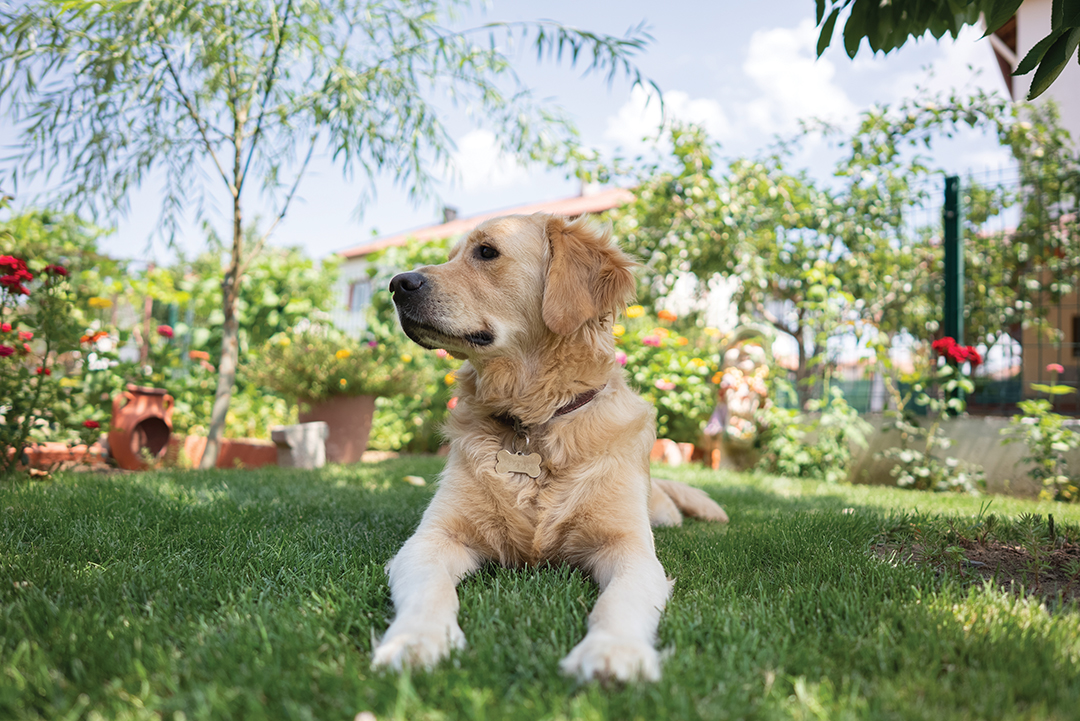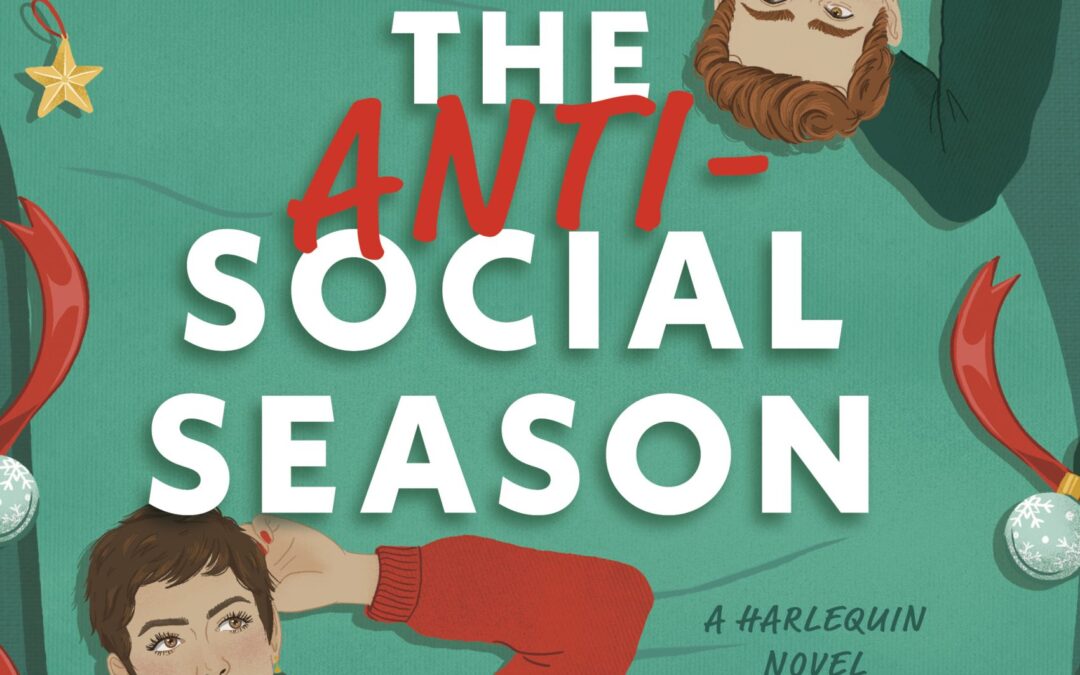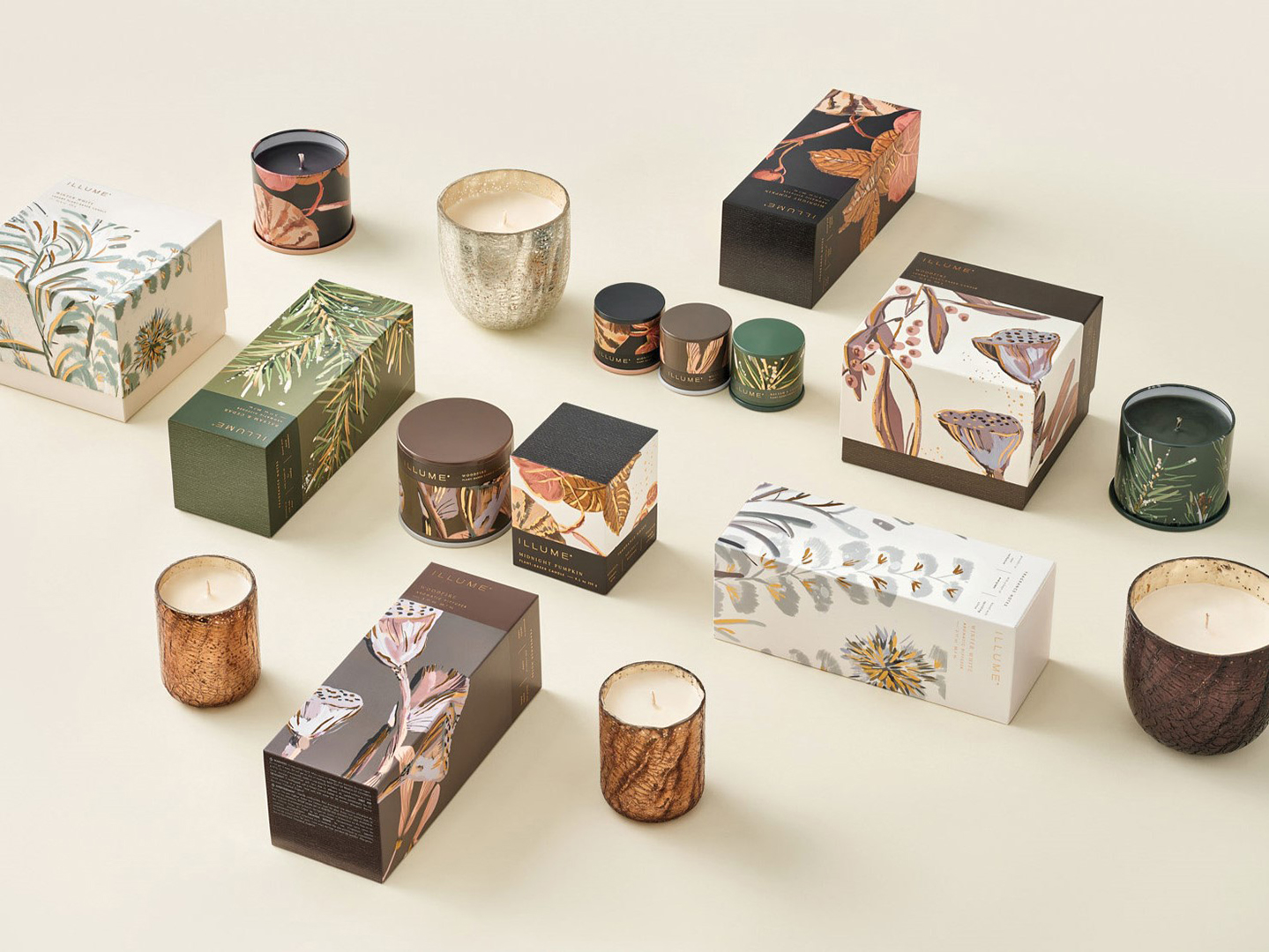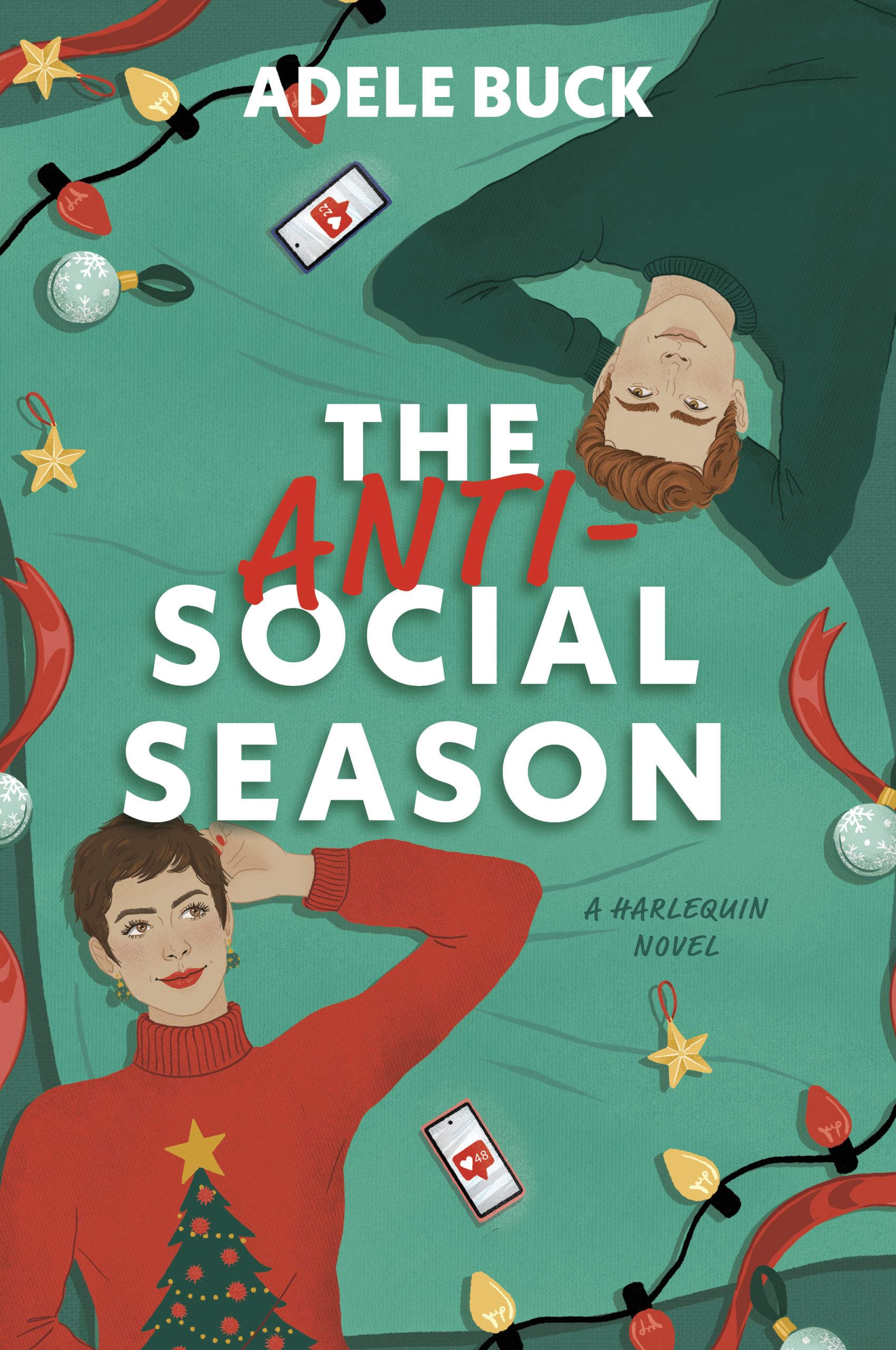
When planting your garden, or bringing it indoors, it’s important to prioritize your pet’s safety around flowers and plants. iStock/mgstudyo
Keep your animals safe around spring flowers and plants.
When the temperatures begin to rise, so can our desire to welcome the beautiful colors of spring. Whether inside or outside your home, many flowers and plants contain chemicals and properties that are toxic to cats, dogs and other household pets. Kaley Alger, D.V.M., a veterinarian at Heritage Animal Hospital, shares information on how to keep pets safe around flowers and plants.
What are common flowers and plants that are toxic to pets?
Kaley Alger (KA): Most toxicities are mild—but can vary depending on how much is ingested and what part of the flower/plant is eaten—and include gastrointestinal upset (vomiting and diarrhea). There are many [flowers], including daffodils, tulips, hyacinths, Lily of the Valley, rhododendrons and azaleas. Lilies (and oleander) may look pretty, but they are considered especially toxic to cats … Lilies are significantly more toxic to cats than they are to dogs … Even ingestions of very small amounts can cause severe kidney damage in our furry friends.
What about fertilizer, mulch or other plant products?
KA: Fertilizers commonly contain ingredients that dogs like to eat. Ingestion of this common garden product may lead to stomach upset, an increase in thirst and, less commonly, tremors or weakness in the back legs. Cocoa mulch attracts dogs with its sweet smell—and, like chocolate, it can cause problems for our canine friends. Depending on the amount, ingestion of cocoa mulch can cause a range of clinical signs from vomiting and diarrhea to muscle tremors, elevated heart rate, hyperactivity and even seizures. Consider using a less-toxic alternative, such as shredded pine or cedar bark.
How can pet owners safely incorporate flowers and plants into their homes or gardens?
KA: Raise [your] garden beds, monitor time outside and leash walking are all great ways to avoid ingestion of toxic plants. Keep plants in the home out of reach from the pet. If your pet shows interest in a plant, do not keep it in the home. It is highly recommended not to keep lilies in your home if you have cats … Contact with the pollen has been shown to lead to kidney damage.
What are the signs of plant poisoning in pets?
KA: Any indication of a pet eating a plant deserves investigation (pollen on the face, dirt on the feet, a piece of a plant missing, plant pieces on the ground). Resources like ASPCA and Pet Poison Helpline are great resources for finding out if the plant was toxic. Symptoms [may include] vomiting, diarrhea, shortness of breath, increased drinking and urination, lethargy, instability, hives, swelling and any other abnormal behavior.
What immediate steps should pet owners take if they suspect their pet has ingested a toxic flower or plant?
KA: Call their veterinarian, and get in immediately. While on their way to their vet, make a call to the Pet Poison Helpline.
The information provided in this article is for educational and informational purposes only and is not intended as a substitute for professional veterinary diagnosis or treatment. Always consult your veterinarian with any questions regarding the safety of flowers or plants for your pets. If you suspect your pet has ingested a toxic flower or plant or is showing symptoms of poisoning, seek immediate veterinary care.
Breaking it Down
Kaley Alger, D.V.M., shares how common toxicities may affect pets, including birds, cats and dogs.
- Avocados: Necrosis (tissue death), damaging to heart muscles; fatal to pet birds; dogs and cats develop gastrointestinal signs or cardiac issues, such as exercise intolerance, cough, wheezing or collapse
- Azaleas and Rhododendrons: Drooling, vomiting, diarrhea, loss of appetite, abdominal pain, irregular heart rate/beat, low blood pressure, weakness, tremors and depression
- Daffodils, Hyacinths and Tulips: Drooling, vomiting, nausea, diarrhea, increased heart rate, abdominal cramping, abnormal breathing, cardiac arrhythmias
- Garlic and Onions: Causes several red blood cell issues; signs include pale gums, bruising, weakness, difficulty breathing, urinating “blood” (very dark urine) or collapse. Additional symptoms include vomiting, diarrhea and lack of appetite
- Grapes: Signs take up to 24 hours to develop and include vomiting, diarrhea, decreased or absent appetite and changes in urine production. Causes acute renal (kidney) failure in dogs.
- Lily of the Valley: Vomiting and diarrhea, progresses to a slow heart rate, arrhythmia, seizures and fatal if not treated
- Oleander: Gastrointestinal tract irritation, abnormal heart function, low body temperature and fatality
- Rhubarb: Vomiting, diarrhea, irritation of the mouth; potential to cause crystals in the urinary tract and damage to kidneys
- Sago Palm: Vomiting, diarrhea and severe lethargy
- Tomatoes: Gastrointestinal upset, increased salivation, cardiac effects, and nervous system upset such as ataxia (uncoordinated walking), dilated pupils, confusion, behavior changes, muscle weakness, tremors and seizures
Pet Poison Helpline
855.764.7661






















